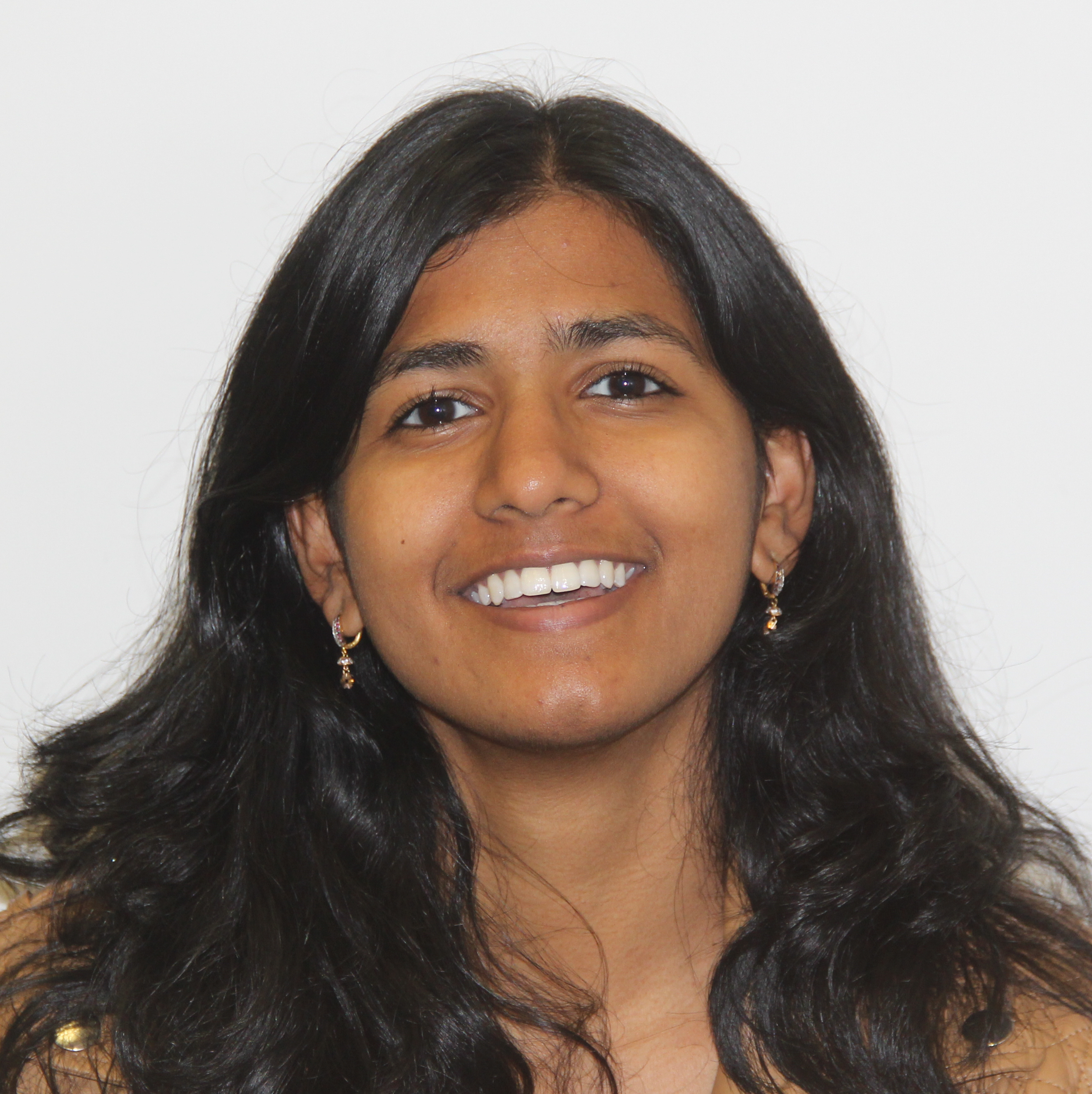Below is a summary of the abstract you submitted. Presenting author(s) is shown in bold.
If any changes need to be made, you can modify the abstract or change the authors.
You can also download a .docx version of this abstract.
If there are any problems, please email Dan at dar78@pitt.edu and he'll take care of them!
This abstract was last modified on May 9, 2016 at 3:13 p.m..

In 2016, Drexel University completed its first year in the SEA PHAGES program. The first cohort of Drexel undergraduates captured and isolated 47 phages that infect Mycobacterium smegmatis mc<sup>2</sup> 155. Out of the 47 phages, the genomes of eight phages have been sequenced. Of these eight sequenced phages, four belong to Cluster B, one belongs to Cluster C, two belong to Cluster F and one belongs to Cluster J. DNA Master, NCBI Blast, HHPred, and Phamerator were used by students during the in silico portion of the course to assign putative gene functions to five of the isolated phages. This sample of 47 phages were used to conduct a wide variety of experiments. All students utilized electron microscopy to visualize their phages and document phage morphology, such as capsid head size and tail length. Several independent student experiments yielded interesting results this year. Students researched how infection conditions such as ion concentrations, pH and temperature affect their phage MOI. One compelling experiment was concerned with the phylogenetic tree of different clusters of phages. Two Drexel students, Christian Schill and Shayna Singh, created a phylogenetic tree based on the tail length of several different phages and found that length of the putative tapemeasure gene seems to be a predictor of evolutionary relationships between the phage investigated. Using the high-titer lysate of several phages, experiments testing for lysogens were conducted. The immunity of phage lysogens from other phages was tested using the lysogen created from the high-titer lysate. While many of the phages isolated in the class were tested for lysogeny, two phages, Geralt and PhrodoBaggins, isolated by Viktor Evtimov and Sravya Koduri respectively were also sequenced. The temparate phage Geralt readily integrated within M. smegmatis, but PhrodoBaggins was a purely a lytic phage. This finding was in agreement with the phage genomes as only Geralt has an integrase gene. Furthermore, the integration can be confirmed using primers spanning the AttL and AttR sites.


